In my last article on the mythology of the hidden meaning of the Jack-o-lantern, I explained how this was really an ancient gnostic story that was developed by the Phoenician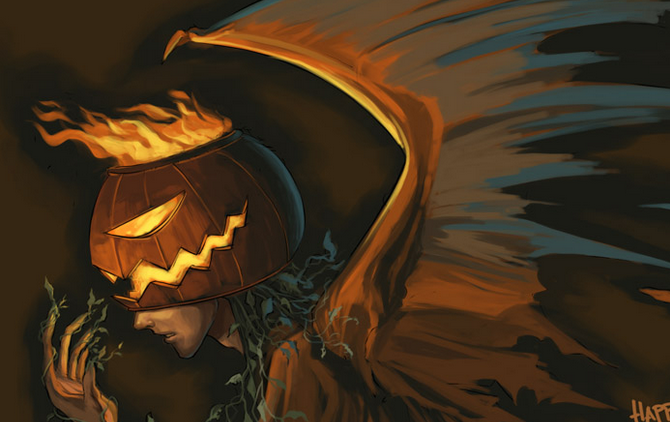 -Hebrew Druids who were known biblically as the children of Jacob (Jack). It is a tale of the as within as without gnosis, in which Jack roams the dark countryside with a lantern in search of his soul with the light of his spirit.
-Hebrew Druids who were known biblically as the children of Jacob (Jack). It is a tale of the as within as without gnosis, in which Jack roams the dark countryside with a lantern in search of his soul with the light of his spirit.
It was in Ireland, Scotland, England, Wales and other countries where the Druids had observed during the dark autumn nights a mysterious phenomenon of lights shooting from the swamps and marshes. These lights burned blue and gave the appearance of spirits rising from the swamps into the air where they would roam and disappear.
There is also a mysterious science behind these gnostic myths that may indicate to us today exactly why the Druids had developed this story of the Jack-o’-lantern. After all, the Druids were the sacred science keepers and priests of Europe who had valued knowledge and truth above all other worldly attributes.
To them knowledge was not just power, but a key to the underworld and their immortality.
The science of the Jack-o-lantern is centered around what is called swamp gas, which is also known by several other names such as ignis fatuus, marsh gas, will-o’-the-wisp, corpse candles, and a jack-o’-lantern. They are also called spook-lights, orbs, and ghost-lights that can be seen in graveyards and are known as “ghost candles.”
The will-o’-the-wisp and graveyard ghost candles are the basis of the myth that brought us our holiday of All Hallows Eve that is now known as Halloween, and the symbol of the Jack-o-lantern.
Could these mysterious lights actually be the science of souls in the form of light, that are rising from the darkness of the earth to be reborn again? My research into this phenomenon and the myths surrounding these ancient stories seem to indicate that this may be exactly what we see when we witness these ghost candles, or Jack-o’-lanterns.
Below is an image of these alleged ghost candles and light orbs by an amateur photographer, showing these lights hovering in the darkness above the tombstones of a Salem Cemetery.
This version of the story is brought into spiritual perspective with a scientific spin, by the American anthropologist John G. Owens in Folk-Lore from Buffalo Valley (1891). Little did he know, that he may have been observing the cycle of life.
This is a name that is sometimes applied to a phenomenon perhaps more frequently called Jack-o’-the-lantern, or Will-o’-the-Wisp. It seems to be a ball of fire, varying in size from that of a candle-flame to that of a man’s head. It is generally observed in damp, marshy places, moving to and fro; but it has been known to stand perfectly still and send off scintillations. As you approach it, it will move on, keeping just beyond your reach; if you retire, it will follow you. That these fireballs do occur, and that they will repeat your motion, seems to be established, but no satisfactory explanation has yet been offered that I have heard. Those who are less superstitious say that it is the ignition of the gases rising from the marsh. But how a light produced from burning gas could have the form described and move as described, advancing as you advance, receding as you recede, and at other times remaining stationary, without having any visible connection with the earth, is not clear to me.
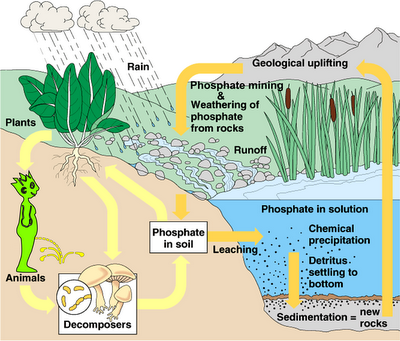 I have written about the cycle of life in many previous articles, where I explain that the immortal chemical energy known by the Greek name phosphorus, and Latin Lucifer is the true alpha and omega of all nature. When any living plant or creature dies (including us humans), the only chemical energy that is left of us after decomposition is phosphorus, and this chemical is then recycled into the earth where it is deposited. In the occult, it is known as Lucifer, the Philosopher’s Stone, and the Elixir of Life. In the bible it is called the morning star, and the Alpha and Omega. The image to the left I believe indicates this visually for you.
I have written about the cycle of life in many previous articles, where I explain that the immortal chemical energy known by the Greek name phosphorus, and Latin Lucifer is the true alpha and omega of all nature. When any living plant or creature dies (including us humans), the only chemical energy that is left of us after decomposition is phosphorus, and this chemical is then recycled into the earth where it is deposited. In the occult, it is known as Lucifer, the Philosopher’s Stone, and the Elixir of Life. In the bible it is called the morning star, and the Alpha and Omega. The image to the left I believe indicates this visually for you.
Phosphorus is commonly found in inorganic phosphate rocks, and phosphate is the body’s source of chemical energy. The phosphorus atom is of the nitrogen family, but having that characteristic of firing. Phosphorus is the philosopher’s stone that is the central symbol of alchemy, symbolizing the light within our DNA and in nature, and it is the least abundant element cosmically relative to its presence in biology,” says Matthew Pasek of the University of South Florida.
Phosphorus (P) is an essential element for all life forms and is stored primarily in soil and sediment. Phosphorus is an essential component of adenosine triphosphate (ATP) which transports chemical energy within cells for metabolism (i.e. uptake and transport of nutrients); deoxyribonucleic acid (DNA) which is a nucleic acid that contains the genetic instructions used in the development and functioning of all known living organisms; and ribonucleic acid (RNA) which is important for protein synthesis in plants and animals.(1)
Phosphorus as a mineral is almost always present in its maximally oxidised state, as inorganic phosphate rocks. It is from these phosphate rocks, that all life truly evolves.
Phosphorus enters the environment from native rocks, or possibly meteorites from space that landed upon earth many tens of thousands, and possibly millions of years ago. It is from these ancient life-giving rocks and mountains that deposit the phosphate sediment into the ocean and waters of the earth, in which science has stated all life comes from water. Then from this water the plants, fish, animals and mammals etc. are born and feed off this natural system of ecology; that places this phosphate rock that produces phosphorus, as the true alpha and omega of the planet earth.
Below is an image of this process of nature, that shows the cycle of the Jack-o’-the-lantern, Will-o’-the-Wisp and ghost candles. This shows the immortal process of phosphorus from the phosphate rock to water life, and then plant and animal life.
The gas which rises from stagnant water is different from the lights that are said to inflame spontaneously. The gas is just decaying dead matter in the form of methane and sulfur dioxide from the result of anaerobic digestion and fermentation of any plant or animal material. This dead matter can include humans, and as I mentioned above, phosphorus (P) is an essential element for all life forms that is stored primarily in soil and sediment, and is the true alpha and omega of all nature.
This gas is a fuel, and not a light like what is described in these ancient Druid stories, and also by anthropologist John G. Owens. Gas is a fuel that ignites via spontaneous combustion. However as I stated before, phosphorus is a chemical energy that is like a light that burns bright, and has the tendency to fire like the descriptions of these will-o’-the-wisps. This thermal image below, shows the actual process of phosphorus in our blood and proves the firing action that happens within our bodies which produces this unique light.“God had said, let there be, and there was light,” or should I say, “Jack said let their be light, and there was light?”
Where does this light go when we die and our bodies decompose into the ground? Perhaps this light rises from the earth, marshes, wetlands and graveyards like lights hovering, looking for a new body to inhabit like the ancient stories of the Jack-o’-lantern. A fire, that is derived throughout the earth in the form of phosphorus.
No longer must you wander the countryside like Jack with a lantern searching for your soul. Let me please help light your own internal lantern so you can find your soul hidden deep within you.
MORE RESEARCH ON THE JACK-O’-LANTERN:
“The water of the marsh is ferruginous, and covered with an iridescent crust. During the day bubbles of air were seen rising from it, and in the night blue flames were observed shooting from and playing over its surface. As I suspected that there was some connection between these flames and the bubbles of air, I marked during the day-time the place where the latter rose up most abundantly, and repaired thither during the night; to my great joy I actually observed bluish-purple flames, and did not hesitate to approach them. On reaching the spot they retired, and I pursued them in vain; all attempts to examine them closely were ineffectual.
On another day, in the twilight, I went to the place, where I waited the approach of night; the flames became gradually visible, but redder than formerly, thus showing that they burnt also during the day; I approached nearer and they retired. Convinced that they would return again to their place of origin, when the agitation of the air ceased, I remained stationary and motionless, and observed them again gradually approach. As I could easily reach them, it occurred to me to attempt to light paper by means of them, but for some time I did not succeed in this experiment, which I found was owing to my breathing.
I therefore held my face from the flame, and also interposed a piece of cloth as a screen; on doing which I was able to singe paper, which became brown-colored, and covered with a viscous moisture. I next used a narrow slip of paper, and enjoyed the pleasure of seeing it take fire. The gas was evidently flammable, and not a phosphorescent one, as some have maintained. But how do these lights originate?”(2)
The fabled will-o’-the-wisp and jack-o’-lantern are said to be manifestations of swamp gas. However, since methane does not ignite spontaneously, we suddenly find that this phenomenon of nature has become more phenomenal. Sounds redundant, doesn’t it? Well, it’s not nearly as redundant as using a mystery to explain away other mysteries. So, to account for the will-o’-the-wisp how does the gas ignite to provide the necessary flame? A misconception occasionally stated in chemistry texts and books dealing with these phenomena is that the spontaneous ignition of methane could result from the additional presence of phosphine (PH3) in the swamp gas. Phosphine (phosphorus trihydride), a highly poisonous gas also evolved from waterlogged soils, results from the decay of protein, bone, and other phosphate-bearing matter.
Interestingly, pure phosphine is not self-igniting either. In order for it to spontaneously inflame, it must be contaminated with a small amount of phosphorous tetrahydride (P2H4). Recently, however, some of these “given” operating conditions for swamp gas have been challenged in the laboratory. Demonstrations have shown that if the tetrahydride-bearing phosphine is injected into a stream of methane—and if self-ignition occurs—the resultant flame will be a bright green color, accompanied by copious smoke and a distinct odor. Nevertheless, despite these findings, it is generally agreed that jack-o’-lanterns do not produce stinking, green contrails.
Accordingly, laboratory experiments devoted to the synthesis of self-igniting swamp gas have, thus far, been unsuccessful. In fact, recent tests using soil/phosphate mixtures have evolved flammable, though not self-igniting gasses. Additionally, in the same series of experiments, vapor phase chromatography (a sensitive analysis technique) failed to detect even part-per-million traces of phosphine in the laboratory samples.
SOURCES:
1. Chemistry for schools By Dionysius Lardner
2. This account took place in Newmark, Germany and was documented in an 1832 edition of the Edinburgh New Philosophical Journal and was recaptured for posterity by William R. Corliss in Lightning, Auroras, Nocturnal Lights and Related Luminous Phenomena , pp. 168, 175.
3. Chemistry in Britain, “Will-o’-the-Wisp,” A.A. Mills, 16: 69-71, February 1980.

Moe is the founder of GnosticWarrior.com. He is a father, husband, author, martial arts black belt, and an expert in Gnosticism, the occult, and esotericism.

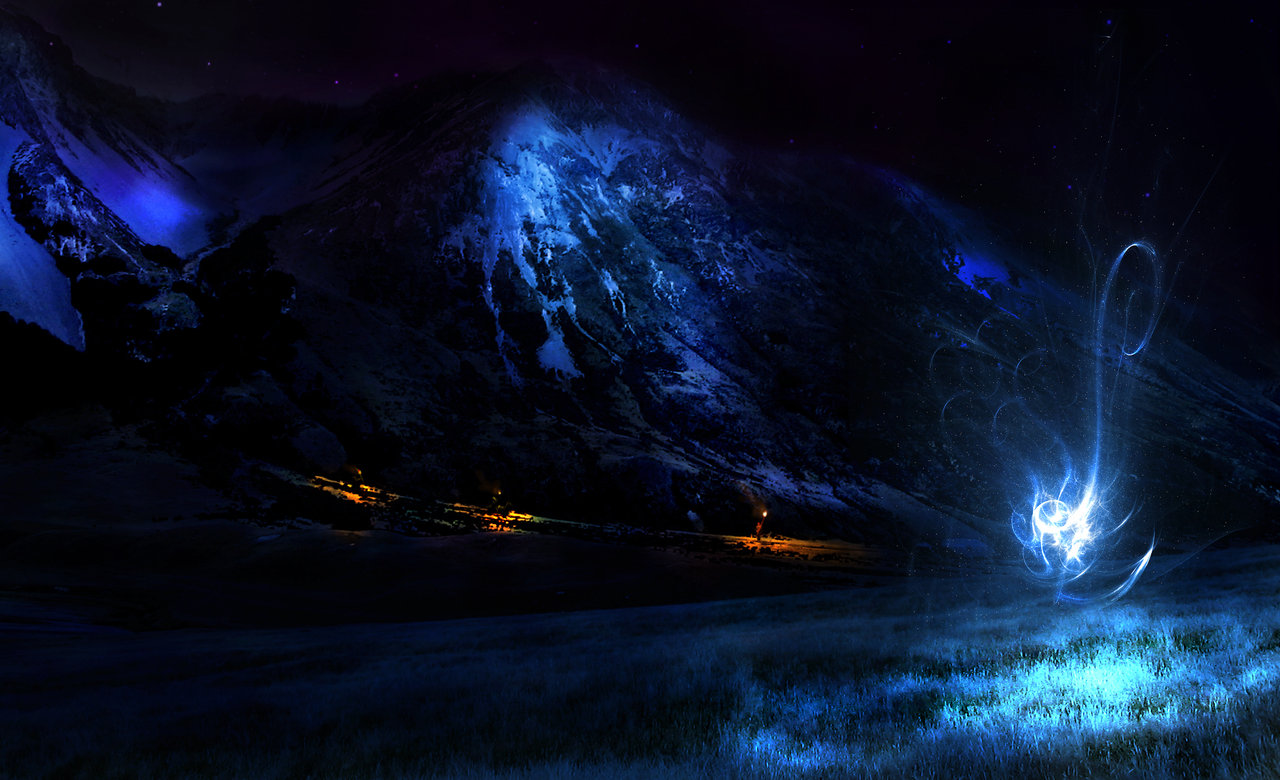
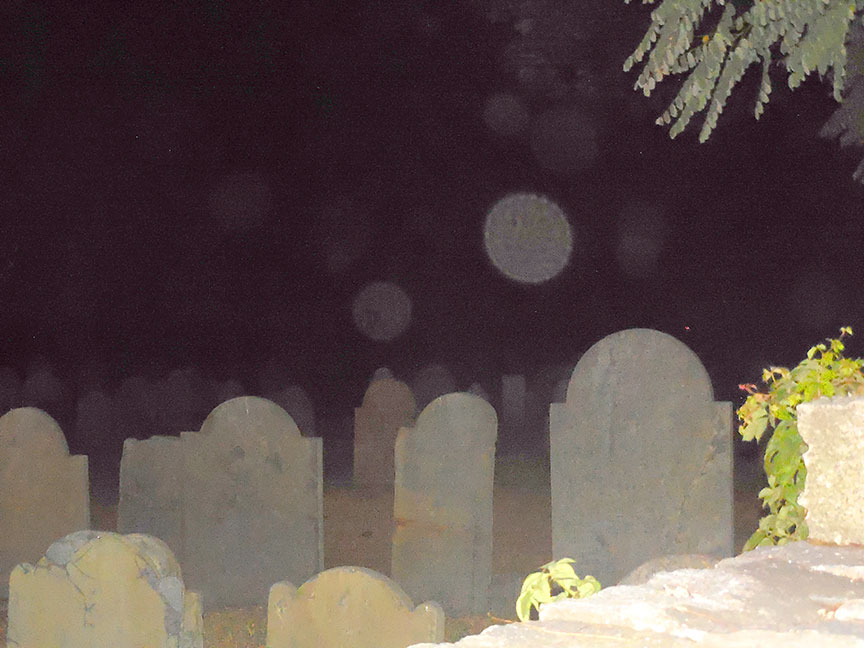
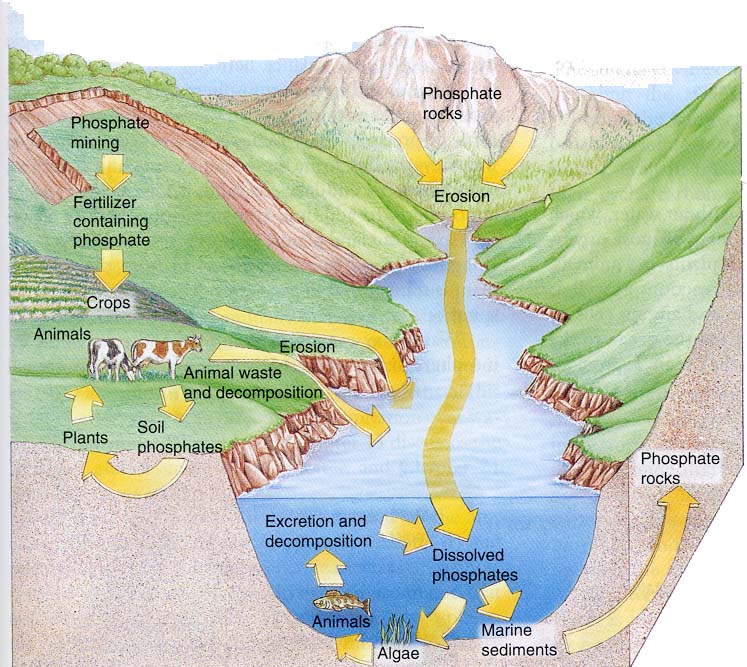
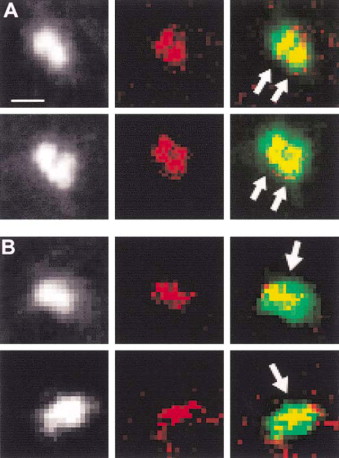

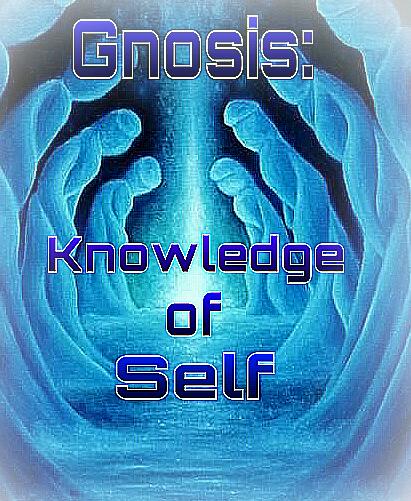






fantastic!
Thanks so much!